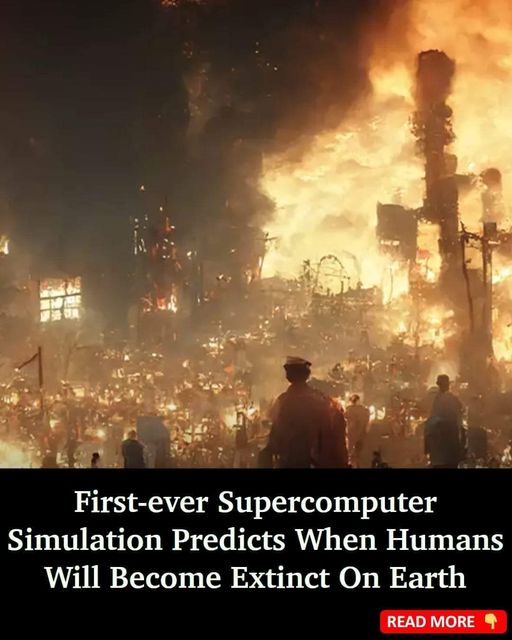In the realms of scientific inquiries, the world over we are witnessing breakthroughs every now and then. However, there is one aspect that is not fully appreciated. It is the glimpse it casts into the future of our planet. It has some degree of both hope and fear about what exactly awaits us. The latest addition to this theory is funded by a municipality of the historical university of the city of Bristol. There, the power of a supercomputer is utilized to unravel the intricate fabric of fate for the everchanging Earth. That ground-breaking paper was published and some wavelets of contemplation touched the community of science and other people. The publication came out late last year.
Harnessing the computational might of a supercomputer, the researchers embarked on a monumental task. It was a journey through immense volumes of geological and atmospheric data. They sought to face the arduous challenge of discovering the fate that human existence could face on Earth. It is centered around geological automatism or the unavoidable tectonic plates dance. Tectonic plates are colossal slabs that constitute the Earth’s crust.
These giant plates of incessant movement, according to the script, are fated to converge slowly. Eventually, they are predicted to form one gigantic unit. Scientists honoringly called it Pangea Ultima, referring to the ancient one that first fragmented eons ago. That fragmentation resulted in the continents we proudly call our home today.
Breaking New Ground: The Forecasts of Human Extinction By The Supercomputer
Dr. Alexander Farnsworth, a luminary within the research team, explained the implications of this seismic rearrangement: “The newly-emerged supercontinent would effectively create a triple whammy, comprising the continentality effect, hotter sun and more CO2 in the atmosphere, of increasing heat for much of the planet.“

This mega-continent forecast foresees a completely scalded environment in one area, with the weather exceeding the unthinkable 40-50 degrees Celsius frequently. Furthermore, it is not merely the temperature that puts life at risk. It will also be insanely humid. As such, this humidity will greatly reduce how much heat our body will be able to release into the air. This would be an alarming situation for most mammals.
The scenario is not favorable at all. Statistics say that between a tenth to an eighth of the landmass rightfully named Pangea Ultima will be land fit enough for habitation. However, living conditions within these tiny patches would be pretty harsh. The habitat will be full of danger almost everywhere, of the volcanic nature because of the tectonic shifts. The inhabitants should withstand constant attacks of the harsh environment without any safe havens.
Looking Forward
Nevertheless, strung along this tapestry of disaster, there is a lot of hope glimmering in the dim light. First and foremost among them is that this prediction by the supercomputer is expected to take place 250 million years later. It means it is much too far to think of. Furthermore, you can also take this as the fact that we have quite a bit of time to prepare for it!
